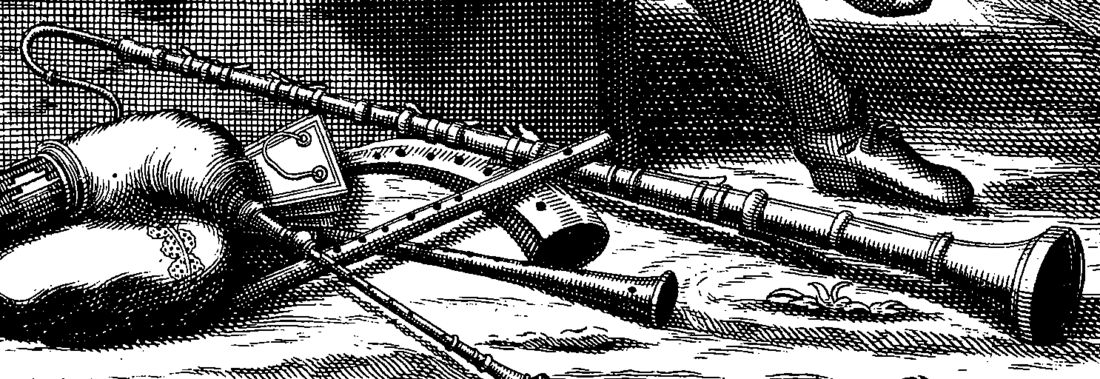Top Qs
Timeline
Chat
Perspective
Cromorne
Musical instrument From Wikipedia, the free encyclopedia
Remove ads
Cromorne is a French woodwind reed instrument of uncertain identity[clarification needed], used in the early Baroque period in French court music. The name is sometimes confused with the similar-sounding name crumhorn, a musical woodwind instrument probably of different design, called "tournebout" by French theorists in the 17th century.[1][2]
You can help expand this article with text translated from the corresponding article in French. Click [show] for important translation instructions.
|

Remove ads
Crumhorn
By contrast, the crumhorn (also known by names including crum horn, crumm horn, Krummhorn, Krummpfeife, Kumbhorn, cornamuto torto, and piva torto) is a capped double-reed instrument usually shaped like a letter "J" and possessing a rather small melodic range spanning a ninth (i.e. just over an octave) unless extended downward by keys or by the technique of underblowing, which increases the range by a perfect fifth.[3] However, this instrument was apparently little used in England—despite listings in the inventories of Henry VIII and the earls of Arundel at Nonsuch House, and mention in a poem by Sir William Leighton, they are conspicuously absent from inventories and other documents of English town waits[3]—or France and was called a "tournebout" by French theorists including Mersenne (1636), Pierre Trichet (ca 1640), and even as late as Diderot (1767).[1][3][2]
Remove ads
References
Further reading
Wikiwand - on
Seamless Wikipedia browsing. On steroids.
Remove ads

